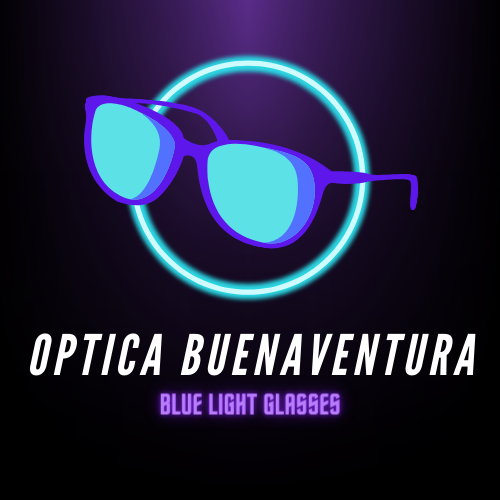The Impact of Blue Light on Eye Health
In today’s modern world, we are increasingly surrounded by screens and electronic devices, exposing our eyes to high amounts of blue light. Blue light is the highest energy wavelength in the visible light spectrum and is emitted by the sun, as well as by digital screens, LED lights, and fluorescent lighting. While blue light has some benefits, such as boosting attention and mood, excessive exposure can have a detrimental impact on our eye health.
One of the main concerns regarding blue light is its potential to cause digital eye strain, also known as computer vision syndrome. Extended periods in front of a screen can lead to symptoms like dry eyes, blurry vision, eye fatigue, and headaches. The intense and concentrated nature of blue light can disrupt the normal functioning of the eye, leading to these uncomfortable symptoms. Moreover, the continuous scrolling, focusing, and blinking while using digital devices can contribute to eye strain and exacerbate the effects of blue light.
Research suggests that blue light may also contribute to the development of age-related macular degeneration (AMD). AMD is a leading cause of vision loss among older adults, and studies indicate that blue light exposure may stimulate the production of molecules that can harm cells in the retina. Over time, this damage can accumulate and increase the risk of developing AMD. However, it is important to note that more research is needed to fully understand the relationship between blue light and AMD.
Another concern associated with blue light is its potential to disrupt our sleep patterns. Exposure to blue light, particularly in the evening and nighttime hours, can interfere with the body’s natural sleep-wake cycle. Blue light suppresses the production of melatonin, a hormone that regulates our sleep. By inhibiting melatonin production, blue light exposure can cause difficulty falling asleep, decreased sleep quality, and daytime sleepiness. The excessive use of electronic devices before bedtime, such as smartphones and tablets, can significantly disrupt our sleep patterns and overall well-being.
To mitigate the negative impact of blue light on eye health, several measures can be taken. One effective strategy is to limit screen time and take regular breaks when using electronic devices. The American Academy of Ophthalmology recommends following the 20-20-20 rule: every 20 minutes, shift your gaze to something 20 feet away for at least 20 seconds. Additionally, adjusting the brightness and color temperature settings of screens to emit warmer tones can reduce the amount of blue light reaching the eyes. Many devices now offer a “night mode” or “blue light filter” option that reduces blue light emission, particularly during the evening hours.
Another approach to protecting our eyes from blue light is through the use of specialized eyewear. Blue light-filtering glasses or computer glasses can block or absorb blue light, thereby reducing the exposure reaching the eyes. These glasses can be particularly beneficial for individuals who spend long hours in front of screens or are susceptible to eye strain.
In conclusion, the increasing prevalence of screens and electronic devices in our daily lives has raised concerns about the impact of blue light on eye health. The excessive exposure to blue light can lead to symptoms of digital eye strain, contribute to the development of age-related macular degeneration, and disrupt our sleep patterns. Implementing simple strategies such as limiting screen time, taking regular breaks, adjusting display settings, and using blue light-filtering eyewear can help minimize the negative effects of blue light on our eyes. It is crucial to be mindful of our screen usage and take proactive steps to protect our eye health in the digital age.
